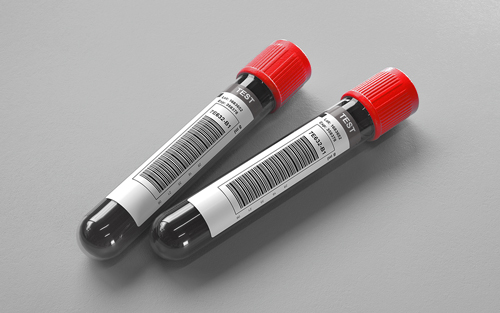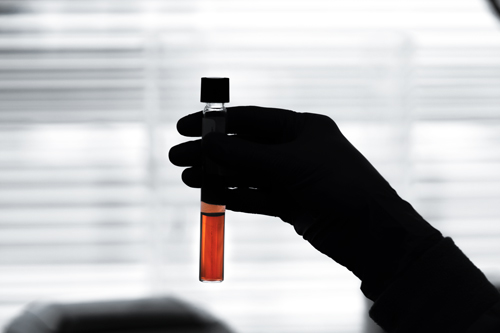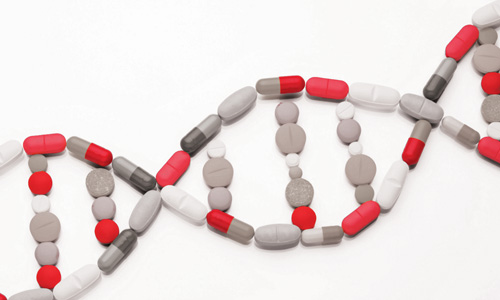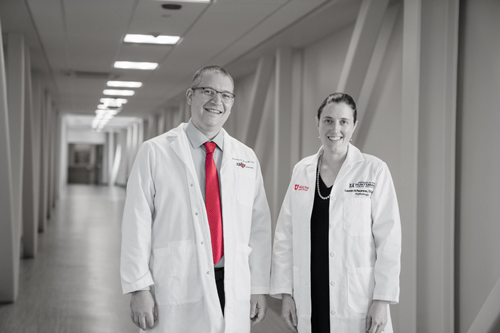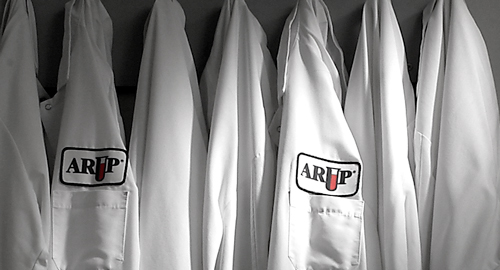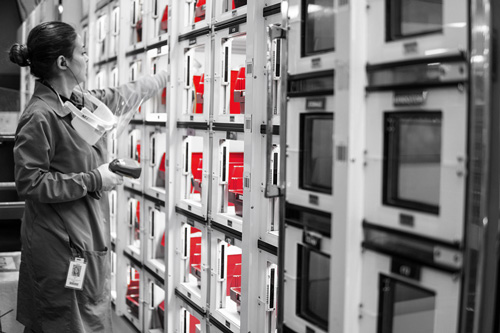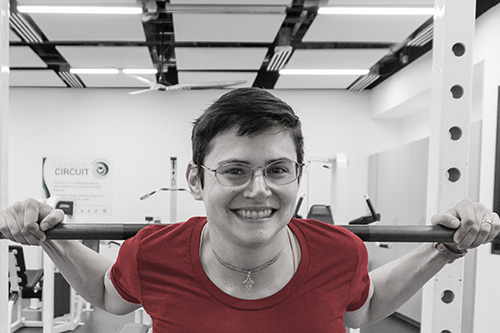Thrombotic Risk Reflexive Panel (Change effective as of 02/20/24: Refer to 3017156 in the February Hotline)
CPT Codes
86147 x2; 86146 x2; 85306; 83090; 85300; 85303; 85307; 85610; 81240; 85730; 85613. If PTT is abnormal, add 85670. If Thrombin time is abnormal, add 85635, 85730 and 85525. If PTT Heparin Neutralization is abnormal, add 85732. If PTT 1:1 Mix is abnormal, add 85597. If dRVVT is abnormal, add 85613. If dRVVT 1:1 mix is abnormal, add 85613. If PNP and dRVVT confirmation are normal, add 85598. If APC resistance is low, add 81241.
